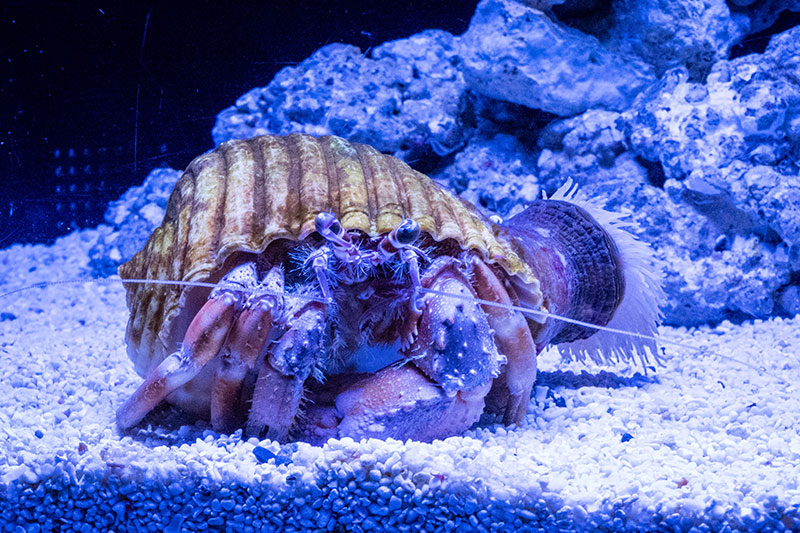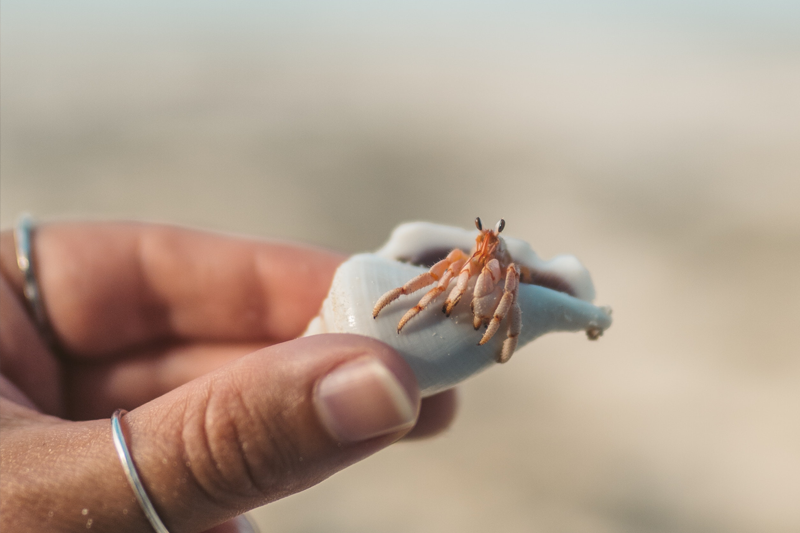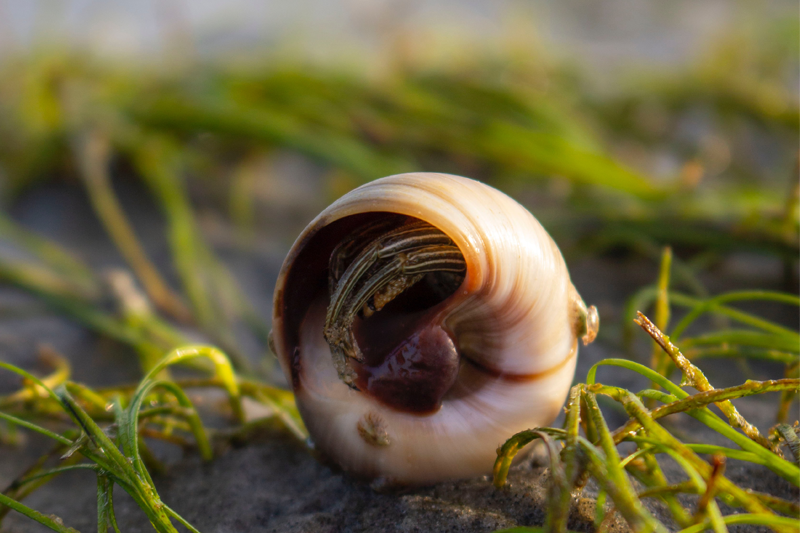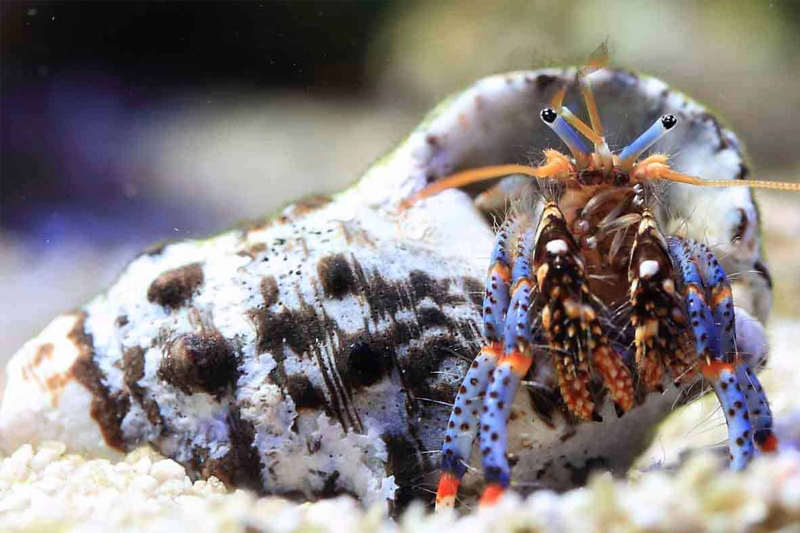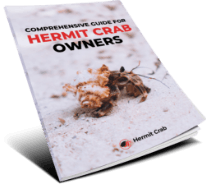Marine hermit crabs are omnivores, feeding on a variety of food sources including algae, plankton, mollusks, and other small invertebrates. They have specialized gills and adaptations for living in saltwater environments, including a moist exoskeleton to prevent desiccation. Marine hermit crabs are social animals and can be kept in groups in captivity, although proper care is required to ensure their health and well-being.
Overall, marine hermit crabs play an important role in the ecosystem as scavengers and as prey for other marine animals. They also have economic importance as they are collected for the aquarium trade.
Here are some common species of marine hermit crabs:
- Coenobita clypeatus (purple pincher crab)
- Pagurus bernhardus (European hermit crab)
- Clibanarius erythropus (red leg hermit crab)
- Dardanus megistos (blue-legged hermit crab)
- Calcinus tibicen (dwarf hermit crab)
Note: This is not an exhaustive list and there may be other species of marine hermit crabs as well.
What is the difference between Marine and Land Hermit crabs
Marine and land hermit crabs are different in several ways, including:
- Habitat: Marine hermit crabs live in saltwater environments, while land hermit crabs live on land.
- Shells: Marine hermit crabs use empty snail shells as their homes, while land hermit crabs use other objects such as coconut shells or plastic containers.
- Moisture: Marine hermit crabs have a moist exoskeleton, while land hermit crabs require regular misting or soaking to maintain hydration.
- Diet: Marine hermit crabs are omnivores and feed on a variety of food sources including algae, plankton, and small invertebrates, while land hermit crabs have a more varied diet and feed on fruits, vegetables, and other foods in addition to protein sources.
- Adaptations: Marine hermit crabs have specialized gills and adaptations for living in the ocean, while land hermit crabs have adaptations for living on land such as specialized legs for climbing and digging.
What are the similarities of marine and land hermit crabs?
Marine and land hermit crabs share several similarities, including:
- Body structure: Both have a soft, spiraled abdomen that is protected by a hard shell, which they carry on their back.
- Moulting: Both species moult regularly to grow and replace their exoskeleton.
- Social behavior: Both marine and land hermit crabs are social animals and can be kept in groups in captivity.
- Protective shells: Both use shells as protection from predators and to regulate their body temperature.
- Reproduction: Both species reproduce sexually and lay eggs that hatch into larvae that eventually develop into adult hermit crabs.
Do Marine Hermit Crabs require special type of diet?
Marine hermit crabs require a varied diet that includes both plant and animal matter. In the wild, they feed on algae, plankton, mollusks, and other small invertebrates. In captivity, a diet for marine hermit crabs may include:
- Commercial hermit crab food: Pellets or dried food specifically formulated for marine hermit crabs.
- Algae: Fresh or dried seaweed, spirulina, nori, etc.
- Meat: Cooked shrimp, mussels, squid, etc.
- Vegetables: Cooked or raw vegetables such as carrots, squash, and spinach.
- Calcium supplement: To maintain healthy shells, it is important to provide a source of calcium such as cuttlebone or crushed eggshells.
It is important to offer a varied diet to provide all necessary nutrients and to prevent boredom and malnutrition.
